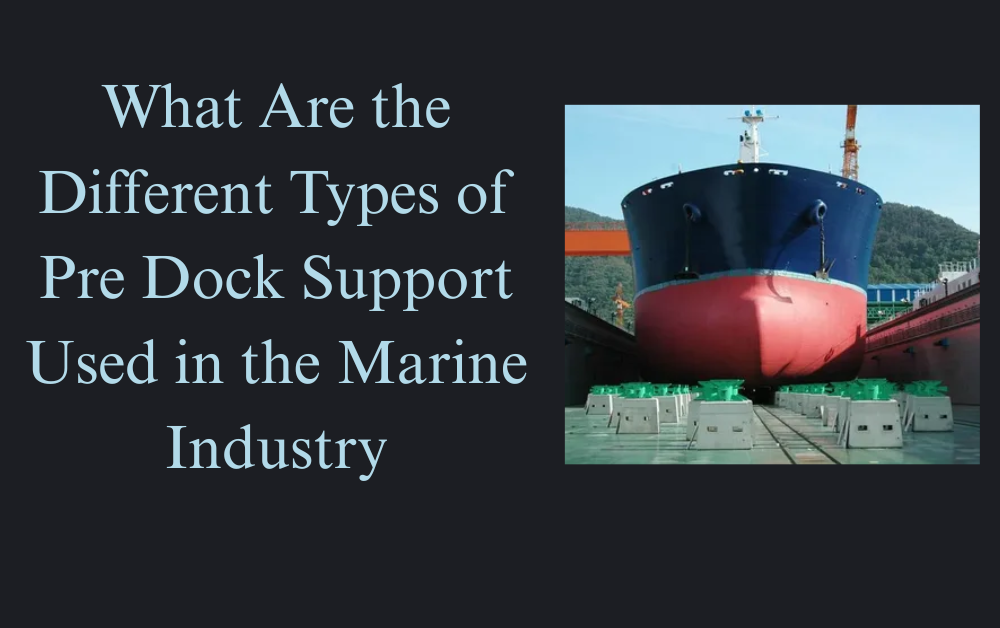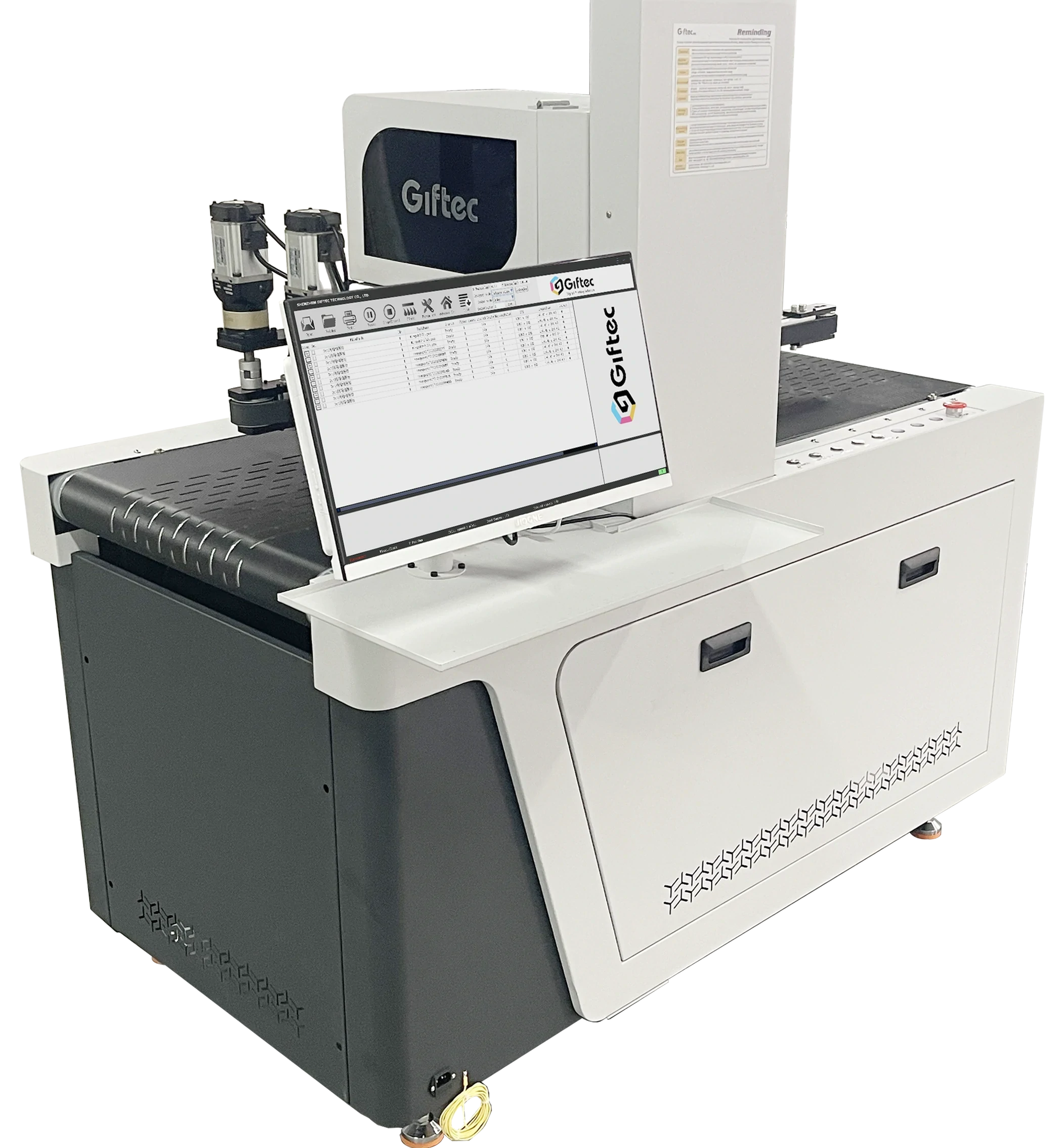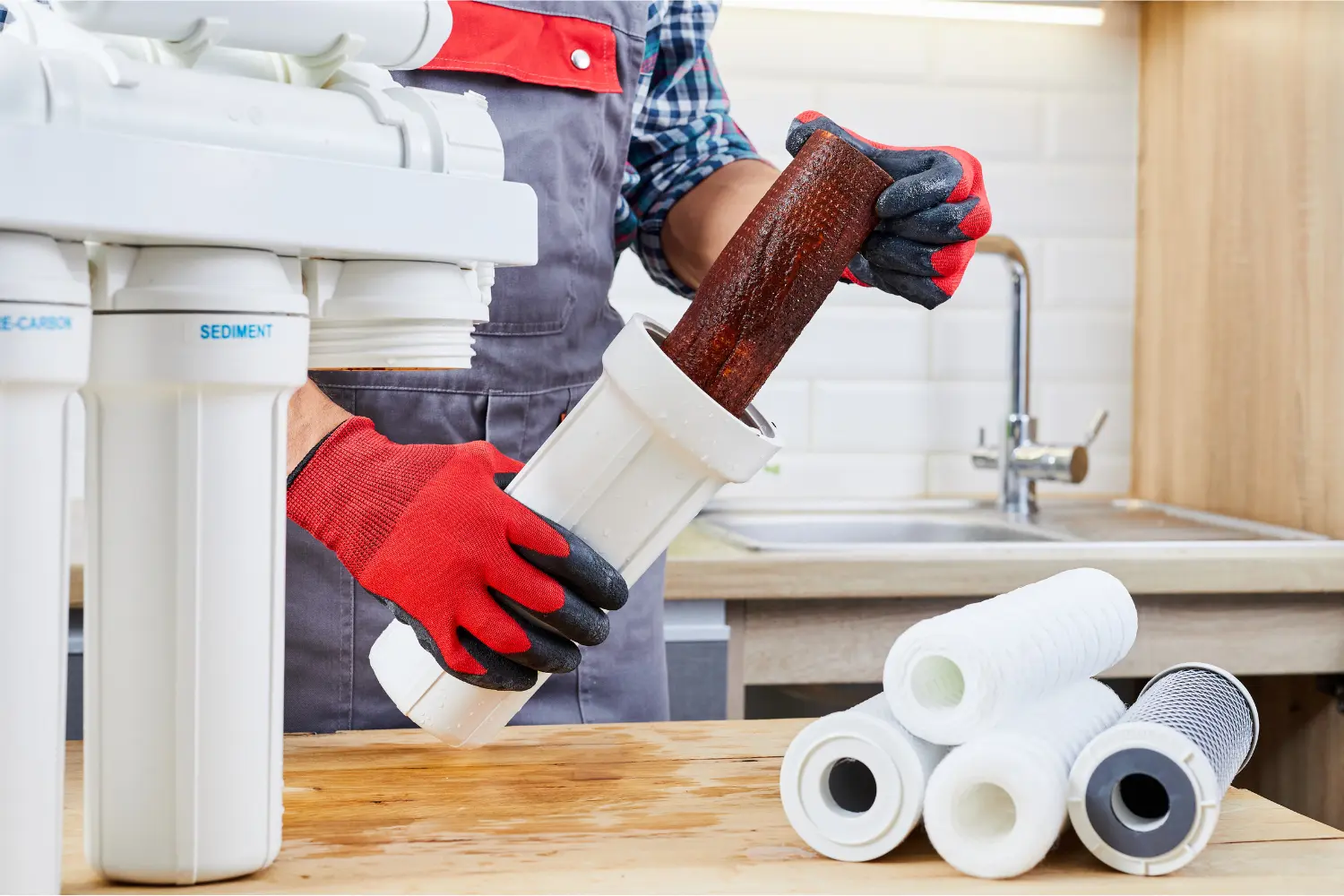The marine industry is a vital part of global trade and transportation, and the safe docking of ships plays an important role in ensuring smooth operations. Pre-dock support systems are used to protect ships and docking structures during the docking process. These systems prevent damage to both the vessel and the dock while ensuring the safety of the workers involved.
In this blog, we’ll take a closer look at the different types of pre-dock support systems used in the marine industry. We will explore how these systems work, why they are essential, and the various types that are commonly used. By the end of this article, you’ll have a clear understanding of how pre-dock support systems play a crucial role in ensuring safe and efficient ship docking.
Note : If you’re looking for reliable and efficient pre dock support in Dubai, look no further! Our expert team offers top-quality solutions to ensure the safe and smooth docking of your vessels.
Why Pre Dock Support Is Important

Before we dive into the types of pre-dock support systems, it’s important to understand why they are needed in the first place. Docking a ship can be a delicate process. The vessel must be carefully guided into the dock without causing any damage to its hull, the dock itself, or any nearby structures. Pre-dock support systems are designed to help manage the stresses and forces involved in this process.
Without proper support, ships may experience damage such as hull dents, propeller or rudder damage, or even issues with their anchors and mooring lines. Additionally, the docking structures could also sustain significant wear and tear over time. To avoid these problems, pre-dock support systems help ensure that everything goes smoothly during the docking process.
Key Benefits of Pre Dock Support
- Prevents Damage: One of the primary reasons for using pre-dock support systems is to prevent damage to both the vessel and the dock. They help distribute forces during docking, ensuring that no part of the ship or dock gets overstressed.
- Enhances Safety: Docking involves a lot of moving parts, including tugboats, cranes, and human workers. Pre-dock support systems reduce the risk of accidents and injuries during the docking process.
- Increases Docking Efficiency: With the right support systems, docking can be carried out more quickly and with less chance of error. This leads to increased efficiency, allowing ships to get in and out of docks faster.
- Protects the Environment: Ships are often carrying hazardous materials or goods. Damage during docking can result in spills or leaks, which could be harmful to the surrounding environment. Pre-dock support systems reduce this risk.
Types of Pre Dock Support in the Marine Industry
There are several types of pre-dock support systems that are used in the marine industry. These systems are designed to handle different aspects of docking, such as controlling the ship’s movement, reducing impact forces, and guiding the ship safely into place. Below, we will explore the main types of pre-dock support systems.
1. Fenders
Fenders are one of the most common pre-dock support systems. They act as a cushion between the ship and the dock, preventing direct contact between the two. Fenders are made from materials like rubber, foam, or plastic and are designed to absorb the energy from a ship’s impact during docking.
Types of Fenders
- Cellular Fenders: These fenders are designed with a series of cells that provide high energy absorption. They are often used in high-energy environments like busy ports.
- D-Type Fenders: These fenders have a “D” shape and are often used on the sides of docks. They offer a wide surface area to absorb impact.
- Cone Fenders: These fenders have a conical shape and are used in areas where the ship is likely to make sharp or angled impacts with the dock.
Fenders come in different shapes and sizes, depending on the type of ship and dock. They are typically installed on the dock’s edge and are a key part of pre-dock support.
2. Mooring Lines
Mooring lines are used to secure a ship to the dock during the docking process. These heavy-duty ropes or cables are designed to keep the ship in place while it is being maneuvered into position. They act as an anchor for the ship, preventing it from drifting or moving too much during docking.
Types of Mooring Lines
- Single Point Mooring: This involves securing the ship at a single point on the dock, often using a combination of cables and anchors.
- Double Point Mooring: In this method, two points on the ship are secured to the dock to prevent lateral movement.
- Multiple Point Mooring: This technique involves securing the ship at multiple points along the dock to ensure maximum stability.
Mooring lines are usually managed by tugboats or dockworkers who carefully monitor the position of the ship and adjust the lines as needed. The goal is to keep the ship in the ideal position for docking.
3. Docking Arms
Docking arms are mechanical devices used to help guide the ship into the dock. They are often used in conjunction with other pre-dock support systems to ensure precise alignment during docking. Docking arms typically have adjustable lengths and angles, allowing them to fit a variety of ships and docking scenarios.
Docking arms are usually made from heavy-duty materials and are designed to withstand the forces involved in docking. They can be used to gently push or pull the ship into position, reducing the risk of collision or mishandling.
4. Tugboats
Tugboats are essential to the docking process, especially in large ports or areas with heavy ship traffic. They are small but powerful boats that help maneuver the ship into place before it docks. Tugboats can push or pull the ship, ensuring that it stays on the correct course and moves smoothly toward the dock.
Tugboats are often used in conjunction with other pre-dock support systems, such as mooring lines and docking arms, to guide the ship in. They are especially useful in crowded or challenging docking environments where precise control is needed.
5. Pilot Boarding Systems
Pilot boarding systems are used to help docking pilots board ships as they approach the dock. These systems are essential in areas where ships must navigate through narrow or difficult waters. The pilot provides guidance to the ship’s crew, ensuring that they dock safely and efficiently.
Pilot boarding systems typically consist of a platform or ladder that extends from the dock to the ship, allowing the pilot to board easily. In some cases, these systems may also include mechanical arms or winches to help pull the pilot aboard.
6. Bollards
Bollards are strong posts located on the dock or quay that are used to secure mooring lines. Ships are typically tied to bollards during the docking process to ensure they stay in place. Bollards are often made of steel or other durable materials and are designed to withstand the forces of large ships.
Bollards come in various shapes and sizes, depending on the type of ship and the docking environment. Some bollards are fixed, while others are removable to allow for more flexible docking arrangements.
7. Docking Pontoons
Docking pontoons are floating platforms that can be used in areas where the dock itself may not be strong enough or accessible for large ships. These pontoons provide an additional layer of support during the docking process, allowing the ship to dock without placing too much stress on the dock.
Docking pontoons are often used in shallow or tide-sensitive areas where traditional docking may not be possible. They are also useful for providing additional docking space in busy ports.
8. Inflatable Bags and Bladders
Inflatable bags and bladders are flexible, air-filled devices that are used to cushion the impact between the ship and the dock. These systems can be inflated and deflated to provide a soft barrier during docking, absorbing the energy from the ship’s movement.
Inflatable bags are often used in conjunction with other pre-dock support systems, such as fenders and mooring lines, to provide extra protection. They are particularly useful for smaller vessels or when dock space is limited.
Choosing the Right Pre Dock Support System
Choosing the right pre-dock support system is essential for ensuring a smooth and safe docking process. The choice of system depends on several factors, including the size and type of the vessel, the conditions of the dock, and the specific needs of the port or shipyard.
Key Considerations When Choosing a Pre Dock Support System
- Size and Weight of the Vessel: Larger ships require more robust pre-dock support systems, such as heavy-duty fenders, tugboats, and mooring lines.
- Docking Environment: The type of port or docking area (e.g., busy commercial port vs. small private dock) will influence the choice of support systems.
- Safety Requirements: Ports with high traffic or hazardous materials may require additional safety measures, such as inflatable bags or specialized mooring systems.
- Budget and Resources: The cost of installing and maintaining pre-dock support systems can vary, so budget considerations must be taken into account.
Conclusion
Pre-dock support systems are an essential part of the marine industry, ensuring that ships can dock safely and efficiently. From fenders and mooring lines to tugboats and docking arms, these systems help prevent damage to vessels and docks while improving the overall docking process. Understanding the different types of pre-dock support systems available is key to making informed decisions about which ones are best suited for each unique docking situation.
For more insightful articles related to this topic, feel free to visit : techners.












Leave a Reply